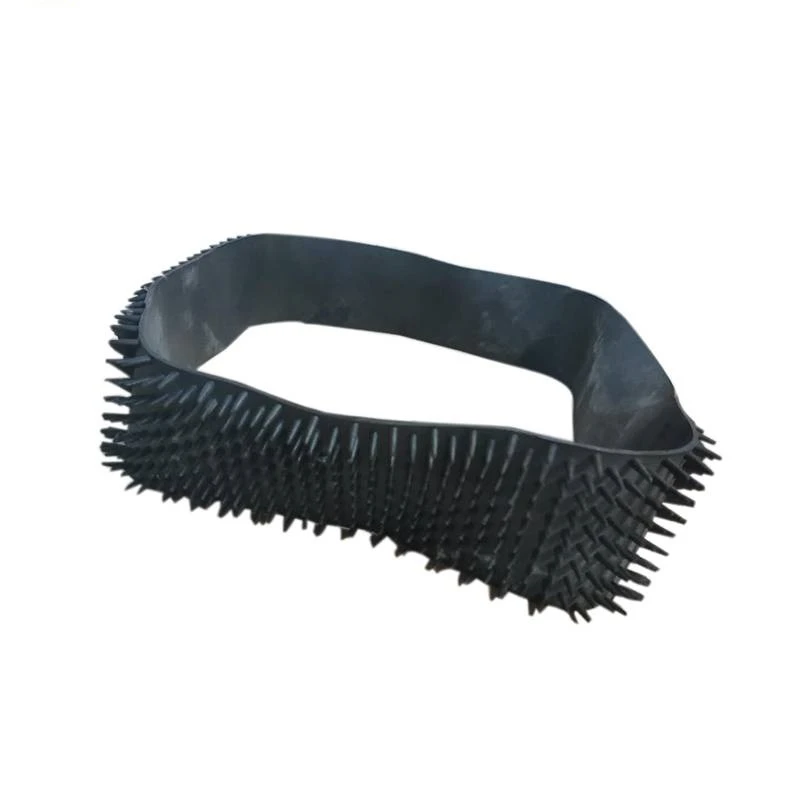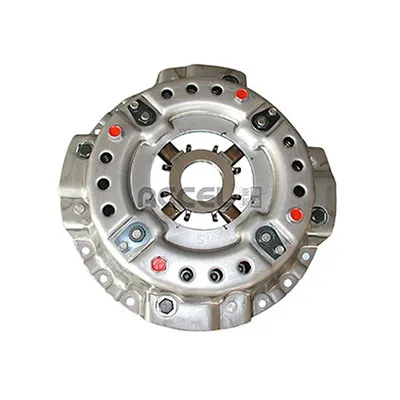Mixing clay pebbles with soil can transform your gardening experience, providing a handful of benefits that surpass traditional methods. This process roots in hydroponic and semi-hydroponic systems, which have revolutionized plant cultivation by optimizing water retention, aeration, and nutrient absorption. By integrating clay pebbles with soil, it’s possible to create an environment that excels in both water drainage and retention, leading to healthier plants and more efficient growth. Here's a comprehensive look at why this combination is gaining traction among gardening enthusiasts and professionals alike.
One of the misconceptions about using clay pebbles is that they are solely suited for professional or large-scale horticulture. On the contrary, hobbyists and small-scale gardeners can reap significant benefits. Mixing ratios can be adjusted based on plant needs and soil conditions, making it an accessible technique for all levels. Experimenting with different proportions, such as 10-20% clay pebbles in a potting mix, can lead to personalized insights and optimal results. For plant decluttering and maintaining aesthetic appeal, clay pebbles can be applied as a top dressing. This not only aids in moisture retention and weed prevention but also offers a clean, polished look. This aesthetic appeal extends beyond functionality, as many gardeners appreciate the visual contrast and texture they add to indoor and outdoor setups. As with any cultivation practice, it is important to monitor plant responses closely. Over time, you might find that adjusting the mix or frequency of watering is necessary to fully capitalize on the benefits offered by clay pebbles. Their versatility provides an opportunity for continuous learning and adapting to plant-specific needs, which embodies the essence of sustainable and responsive gardening. In summary, the strategic integration of clay pebbles with soil demonstrates a progression towards more efficient, sustainable, and adaptable gardening practices. This technique offers a multitude of benefits, from preventing root rot and enhancing nutrient distribution to improving the longevity and resilience of your plants. For anyone aiming to elevate their gardening methods, exploring the potential of clay pebbles as a supplement to traditional soil could be a transformative step towards achieving a thriving, vibrant garden.


One of the misconceptions about using clay pebbles is that they are solely suited for professional or large-scale horticulture. On the contrary, hobbyists and small-scale gardeners can reap significant benefits. Mixing ratios can be adjusted based on plant needs and soil conditions, making it an accessible technique for all levels. Experimenting with different proportions, such as 10-20% clay pebbles in a potting mix, can lead to personalized insights and optimal results. For plant decluttering and maintaining aesthetic appeal, clay pebbles can be applied as a top dressing. This not only aids in moisture retention and weed prevention but also offers a clean, polished look. This aesthetic appeal extends beyond functionality, as many gardeners appreciate the visual contrast and texture they add to indoor and outdoor setups. As with any cultivation practice, it is important to monitor plant responses closely. Over time, you might find that adjusting the mix or frequency of watering is necessary to fully capitalize on the benefits offered by clay pebbles. Their versatility provides an opportunity for continuous learning and adapting to plant-specific needs, which embodies the essence of sustainable and responsive gardening. In summary, the strategic integration of clay pebbles with soil demonstrates a progression towards more efficient, sustainable, and adaptable gardening practices. This technique offers a multitude of benefits, from preventing root rot and enhancing nutrient distribution to improving the longevity and resilience of your plants. For anyone aiming to elevate their gardening methods, exploring the potential of clay pebbles as a supplement to traditional soil could be a transformative step towards achieving a thriving, vibrant garden.
Latest news
-
The Versatile World of Phlogopite Mica: Properties, Forms, and ApplicationsNewsJul.14,2025
-
The Versatile Applications of Calcined Mica: From Decoration to Industrial UseNewsJul.14,2025
-
The Role of Muscovite Mica in Industrial Insulation MaterialsNewsJul.14,2025
-
The Benefits of Using Expanded Clay Pebbles in Hydroponics and Soil GardeningNewsJul.14,2025
-
Innovative Applications of Mica Flake in Paints and CoatingsNewsJul.14,2025
-
Gardening Expanded Clay Usage: A Complete GuideNewsJul.14,2025
-
The Use of Natural Mica Powder in Skincare ProductsNewsJun.11,2025
Related Products








